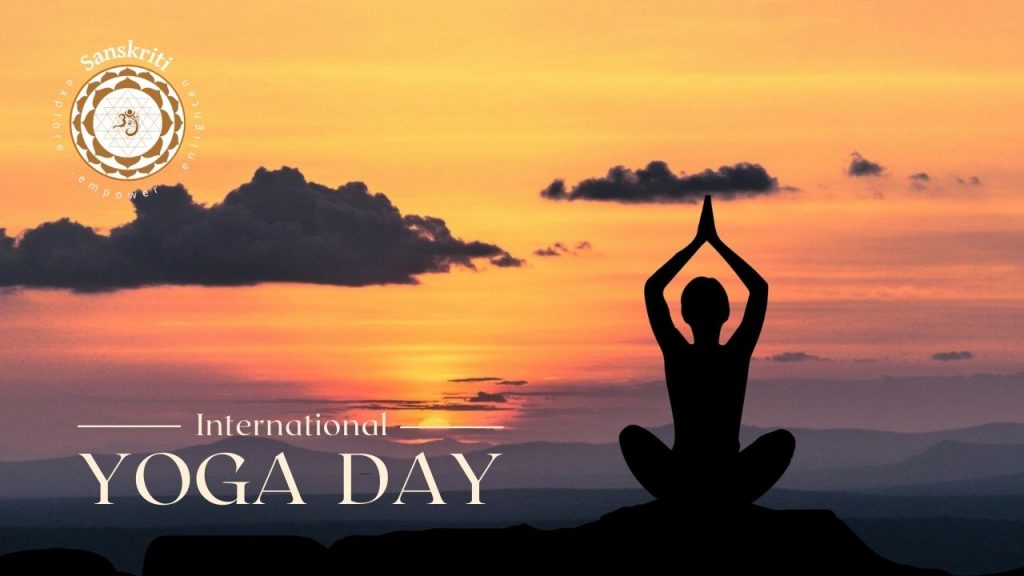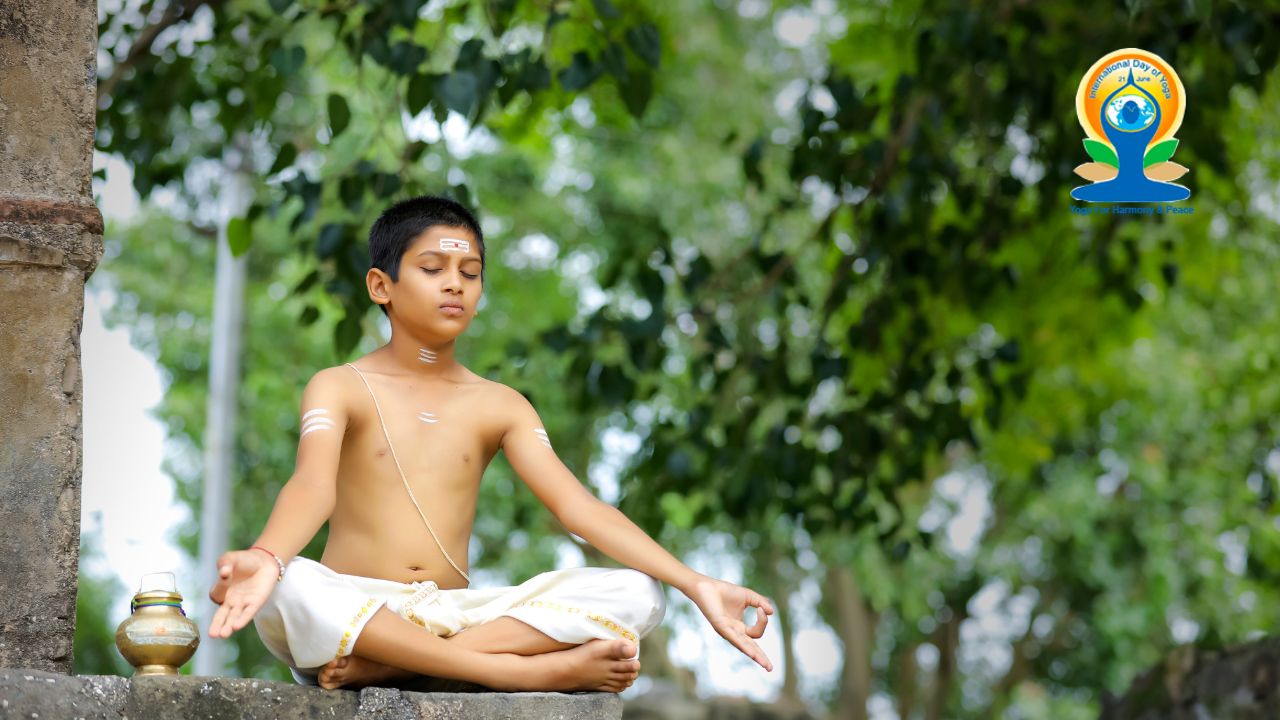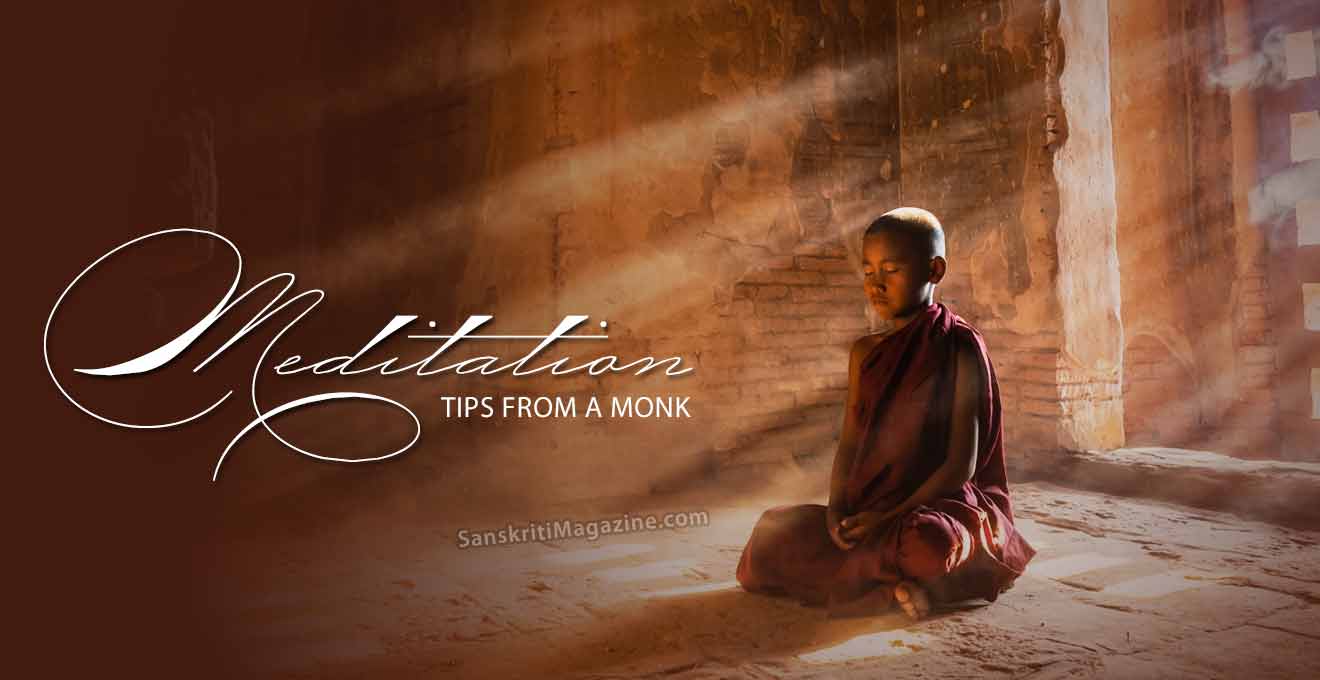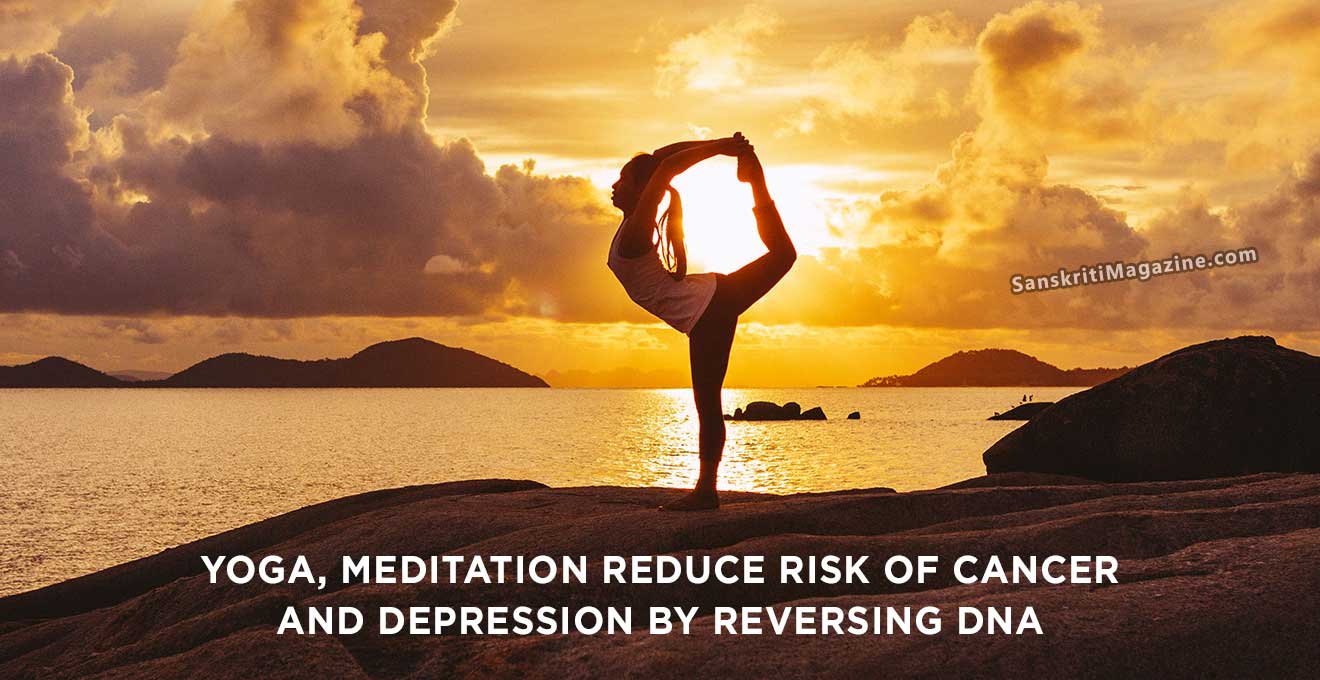Yoga is an ancient practice that has been around for thousands of years. It’s a way to connect with yourself and your body, and can also be used as a form of exercise. Yoga helps you focus on breathing and focuses on the present moment rather than letting your mind wander into the past or future. This is great for clearing your mind in order to make better decisions and live more fully in the present moment.
Tadasana
Tadasana is the basic standing pose. It is the foundation for all other standing poses. Tadasana helps to balance the body, mind and breath; therefore it is a great pose to do every day!
Tadasana improves posture by strengthening your back muscles. It also increases circulation throughout your body and tones your abdominal muscles.
The primary benefit of Tadasana is that it helps you focus on what it feels like to stand on one foot in order to balance yourself, which will help you feel more grounded as well as more confident when trying other yoga poses.
Bhujangasana
In this pose stretch your shoulders, chest, upper back and abdomen. It also helps to improve spinal flexibility and strength in the lower back.
Benefits of Bhujangasana:
- Improves the flexibility of your spine
- Helps you to strengthen your shoulder muscles and stretching out your chest muscles
- Stretches the abdomen region
Marjarasana
Marjarasana, or the cat pose, is a yoga pose that can be done to stretch and strengthen the back muscles. It also helps to lengthen the spine and improve posture by strengthening the lower back.
This pose is good for people who sit at a desk all day because it stretches out your hips, shoulders and spine which leads to more freedom of movement when sitting for long periods of time.
Trikonasana
Trikonasana is a gentle pose that involves bringing the feet together and stretching the arms out to either side. It can be done with straight legs, bent knees, or a combination of both.
The benefits of this pose are many: it helps to strengthen your core and glutes; improves flexibility in the hips; increases circulation through the lymphatic system; helps relieve lower back pain; improves balance and concentration; strengthens abdominal muscles; helps to prevent osteoporosis (because it keeps bones strong); calms anxiety.*
Savasana
Savasana, or the corpse pose, is often called the “final resting pose” and is the final stage of yoga practice. It allows you to relax your body and mind after a challenging session of asanas (yoga poses) in order to reap all of their benefits.
As you lie on your back with your knees bent and feet flat on the floor, it’s important to keep your head centered over your shoulders so that there’s no strain on your neck muscles. Finally, relax all muscles of the face and body completely; let go of any tension in order to allow yourself some much-needed mental relief from everyday life.
The benefits of this pose include:
- Reducing stress, anxiety and depression by calming thoughts down
- Relieving pain through deep relaxation
- Helping insomnia sufferers get some sleep
Adho Mukha Svanasana
- Adho Mukha Svanasana (Downward Facing Dog)
This basic yoga pose stretches the entire body and is a good one to start with before moving on to more challenging poses. This down dog pose stretches the shoulders, hamstrings, back and abdomen. It also strengthens the arms, wrists and spine. If you’re new to yoga or have been away from it for some time this is an excellent place for you to start!
- Ardha Chandrasana (Half Moon Pose)
This pose is great for providing balance between strength and flexibility in your body while toning muscle groups such as your abs, thighs and hips while also improving posture by strengthening core muscles such as your glutes which help support proper alignment of the pelvis when standing upright on two feet instead of bending forward over time which can lead towards early onset arthritis later in life – not something anyone wants happening so try this simple yet effective exercise out today!”
Uttanasana
Uttanasana, or the standing forward fold, is a great pose for beginners to practice.
To do this pose:
•Stand with your feet together and spread your toes apart.
•Lift up through your legs and bring them in line with your hips by drawing the heels back slightly toward the pelvis. Align the thighs parallel to each other so they form a straight line from ankles to knees.
•Bring arms out to sides with palms facing up; fingers should be lightly touching on top of shoulders. Inhale deeply and raise arms overhead until they are parallel to floor (you can hold this position or slowly lower them down as you exhale). Bend forward at waist; if possible keep spine straight while reaching hands down toward floor between feet (or as far as it feels comfortable going). Hold here for 5 breaths before returning back upright by engaging core muscles then lifting one leg straight back behind you while keeping heel firmly planted on ground next time lift other leg up behind you (make sure both legs maintain contact with floor throughout). Return both feet back down until completely flat on ground again before repeating on opposite side after resting briefly target area stretch one side first so body doesn’t compensate with overcompensation movements during exercise set time limit for each stretch 30 seconds work up gradually increasing duration holding holds longer than 30 seconds even 60 seconds if comfortable doing so
Viparita Karani
This pose is great for those who sit a lot, whether at work or home. It stretches your entire back and spine and helps alleviate tension in the neck, shoulders and hips. With its calming effects, it’s also useful when you’re feeling anxious or restless.
If you feel like having a stiff back after sitting for long periods of time during the day—or if you suffer from chronic pain that might be exacerbated by stress—Viparita Karani is an easy move to incorporate into your routine. You can do this pose almost anywhere: on the floor of your bedroom (or any other room), at work if there’s space, even on your commute!
Matsyasana
Matsyasana, also known as the Fish Pose, is a great pose to start your day with. It stretches your back and neck muscles while strengthening them at the same time.
The key to doing this pose correctly is to keep your shoulders down and relaxed. Focus on engaging your back muscles and lifting up through them rather than pulling up on your chin or pushing back with your head in an effort to lift it off of the floor. Bend forward from the waist and place both hands flat on either side of you (or bring one hand behind you). Take a deep breath in as you bend forward even more until you feel balanced over your arms; then exhale as you attempt to straighten out again without bending backward too much (and potentially straining those back muscles). Repeat for 20 breaths before moving into Downward-Facing Dog Pose if desired!
Shirsasan
The Shirsasana is a difficult pose, but if you can do it, you will find many benefits.
Shirsasan is an inverted yoga pose that requires balance, strength and flexibility. It is often considered one of the most difficult poses in yoga because it requires a combination of strength and flexibility. The objective of this asana is to open up your chest area while strengthening your lower back and shoulders. If you have difficulty doing this move or have any lower back issues, please avoid doing it!
This pose stimulates digestion because it massages all internal organs; glands are stimulated and activated which helps to improve digestion function by bringing more blood flow into these areas due to increased respiration during inhalation as well as increased lymphatic drainage via downward gravity pressure on organs located just below diaphragm (stomach & intestines). This also allows for improved lymphatic circulation which plays an important role in immune system health thus reducing risk factors associated with disease development such as cancer etc…
Yoga is good for health, both mental and phisical
Yoga is good for health, both mental and physical. As we age, our bodies naturally lose some flexibility and strength. Yoga helps you to stay fit, strong, flexible and young by doing different poses or postures every day. It helps you to relax your mind and body as a whole so that everything works together in harmony.
Conclusion
Yoga is the way to live a healthy life. If you do yoga, you will be more flexible and strong. You will also have better health and mental clarity. The poses mentioned above are easy to do at home or in your office. They can be done with no equipment except for a mat or blanket for padding on hard floors!











